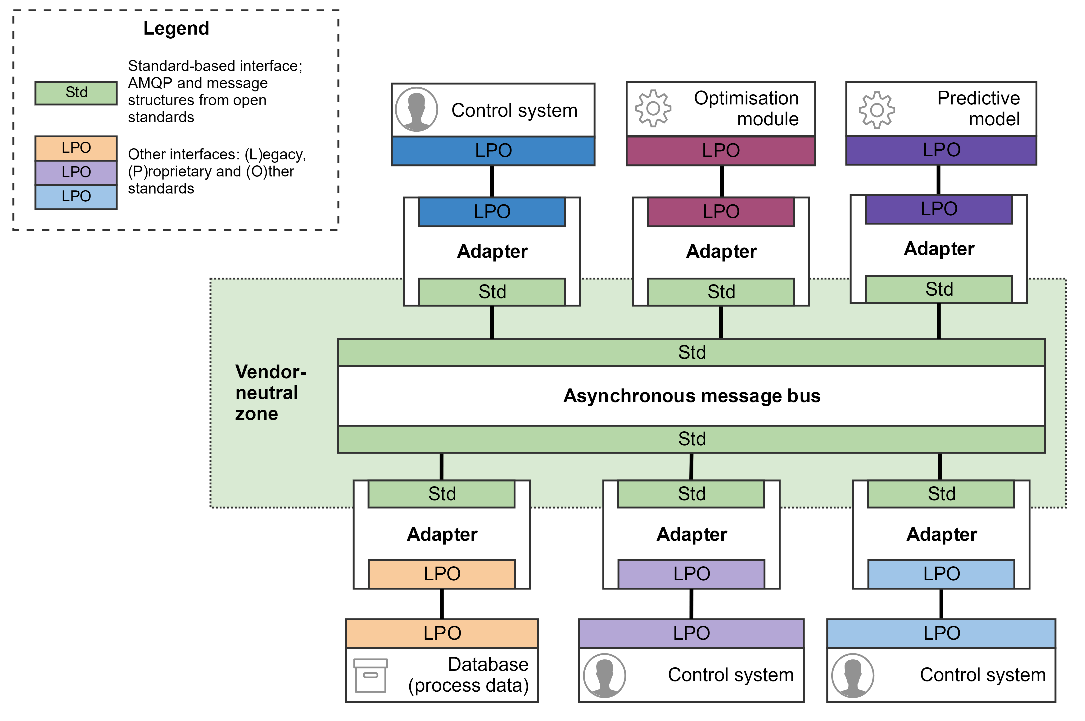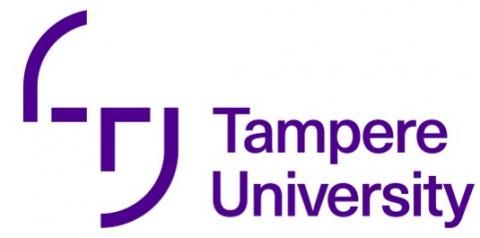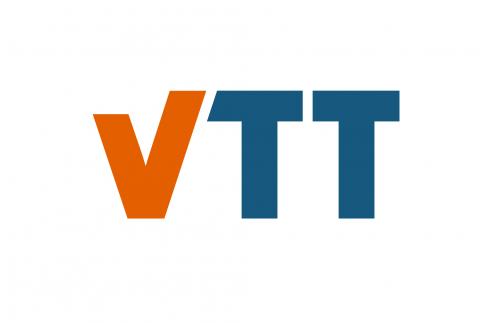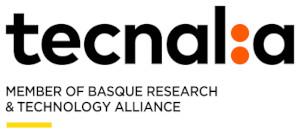Implementing Vendor-neutral, Scalable Communication in Industry
By Petri Kannisto from Tampere University (https://www.tuni.fi; http://kannisto.org/)
In the COCOP project, the aim is to enable the plant-wide optimisation of facilities that operate multiple unit processes. Such optimisation realises with software that apply mathematical methods to online process data.
This requires extensive systems integration due to the distribution of the production equipment and the related computing resources. The ICT environment is heterogeneous, because the facilities typically use control systems and process databases from various vendors. Besides, because updates are conventionally expensive in production systems, legacy interfaces remain. However, heterogeneity is not the only challenge, as the production requires timely communication. The reason is that efficient operation requires the unit processes to consider the operation of the others. Each process should consider the actual condition of others and any restrictions that can result. This introduces a requirement for event-based communication. In addition, industrial data comes in large volumes, which requires scalability from the communication approach. Unfortunately, conventional industrial systems do not adequately fulfil the combination of straightforward systems integration, event-based communication and scalability for large data volumes.
The COCOP project suggests an ICT architecture to manage heterogeneity and to enable event-based communication. The COCOP architecture was earlier explained in another blog post [1], but this post explains the concrete implementation. As the foundation, the architecture uses an asynchronous message bus for communication. Such a bus enables event-based communication between systems. COCOP has chosen AMQP (Advanced Message Queueing Protocol) [2] as the message bus protocol and RabbitMQ [3] as the actual product. AMQP was chosen for three reasons. First, it is an open standard, so it implements a vendor-neutral zone as desirable in a heterogeneous environment. Second, AMQP provides the centralised management of user access, which is important for security. Third, any upscaling of the network only affects the centralised AMQP server, therefore promoting scalability - AMQP even supports load balancing between multiple servers. Although AMQP utilises publish-subscribe messaging, even the conventional request-response pattern is possible [4], which increases flexibility in use cases. As AMQP does not specify any message structures, the COCOP architecture applies structures specified in other standards. Because the industrial domain lacks open standards for measurement values and the related data, COCOP uses standards from the Open Geospatial Consortium (OGC). The OGC standards provide a versatile set of generic message structures. The standards include, for instance, "Observations and Measurements" [5] for measurements and metadata, "TimeseriesML" [6] for time series and "Sensor Observation Service" [7] for request-response communication. Figure 1 illustrates the COCOP architecture. In the middle, the message bus forms a vendor-neutral zone. In this zone, the communication does not include any vendor-specific details. All communication occurs using the message bus protocol and the message structures based on open standards. The connected systems vary in different use cases, but they generally include at least databases, control systems, predictive models and optimisation modules.

Figure 1. The COCOP architecture introduces a vendor-neutral zone, which facilitates systems integration in a heterogeneous, asynchronous, data-intensive environment.
One of the two COCOP use cases is steel making process. The case plant produces steel bars by refining the raw material in a chain of unit processes. In COCOP, the goal is to develop a monitoring and advisory tool to reduce the number of surface defects in the end product, ensuring a good performance of the related sub-processes (secondary metallurgy, continuous casting and hot rolling). The tool helps operators by providing good parameter values and raising alarms when the actual process parameters or relevant variables (such as the billet temperature or shell thickness) are out of the proposed range. The tools are based on predictive models (mathematical models or data-based models developed with measurement data collected from past processes). The realisation of the advisory tool requires the integration of data sources, predictive models and monitoring systems.
The other COCOP use case is copper refinement. As copper is refined from sulfide ores, multiple steps are necessary to remove impurities. Each step has a dedicated unit process. These processes are difficult to operate due to their complex dynamics and the high temperature that prevents any direct measurement to resolve the composition of the material. Even more challenges arise as the plant operation is optimised as a whole. This requires multiple mathematical models that receive actual measurement values from the processes and consider any restriction from the current state of each unit process. To realise plant-wide optimisation, COCOP proposes a scheduler that coordinates the plant together with unit-process-specific optimisation modules. The modules communicate using the COCOP message bus. Within COCOP, the particularly researched unit processes are flash-smelting furnace, Peirce-Smith converters and anode furnaces.
The results of COCOP also include an online LCA (life cycle assessment) prototype, which estimates environmental impacts using online data. The prototype has been demonstrated in a facility that produces industrial ethanol from water-ethanol mixture. With online LCA, the environmental impact is estimated during operation, which enables the LCA results to actively guide operators. This is in contrast to the conventional LCA, which is performed offline. In the prototype, the LCA is based on the known environmental effects of material and energy streams. To implement the prototype, three components or systems were integrated using the message bus. A control system (Valmet DNA) provides measurement data, a server application performs LCA and the LCA results are visualised in Outotec ACT, which is a platform for advanced process control applications [8].
In summary, the COCOP project suggests an architecture to manage heterogeneity, enable event-based communication and enable the delivery of large data volumes. The three industrial prototype environments - steel making process, copper refinement and online LCA - indicate that the COCOP approach is applicable for different use cases. The approach provides adaptable systems integration, which decreases costs during the plant lifecycle. It also promotes scalability in communication, which contributes to data-driven approaches in optimisation. The COCOP architecture has appeared in multiple scientific publications [9, 10, 11].
References:
[1] Kannisto, P. & Hästbacka, D. The Beauty of Automation System Architectures. 2018.
[2] AMQP 0-9-1 Specification. 2008.
[3] RabbitMQ.
[4] Remote procedure call (RPC).
[5] Observations and Measurements. 2013.
[6] TimeseriesML. 2016.
[7] Sensor Observation Service. 2012.
[8] Outotec ACT Advanced Process Control.
[9] Kannisto, P. & Hästbacka, D., "Asynchronous Communication Platform Concept to Coordinate Large-scale Industrial Processes", IFAC-PapersOnLine, vol. 51, no. 11, pp. 1403-1408, 2018. DOI: 10.1016/j.ifacol.2018.08.325; Full text.
[10] Hästbacka, D., Kannisto, P. & Vilkko, M., "Information Models and Information Exchange in Plant-wide Monitoring and Control of Industrial Processes", in Proceedings of the 10th International Joint Conference on Knowledge Discovery, Knowledge Engineering and Knowledge Management, volume 3, 2018, pp. 216-222. DOI: 10.5220/0006960602160222; Full text.
[11] Hästbacka, D., Kannisto, P. & Vilkko, M., "Data-driven and Event-driven Integration Architecture for Plant-wide Industrial Process Monitoring and Control", in 44th Annual Conference of the IEEE Industrial Electronics Society, 2018, pp. 2979-2985. DOI: 10.1109/IECON.2018.8591323
Follow the discussion in the COCOP Debate Group of Linkedin















